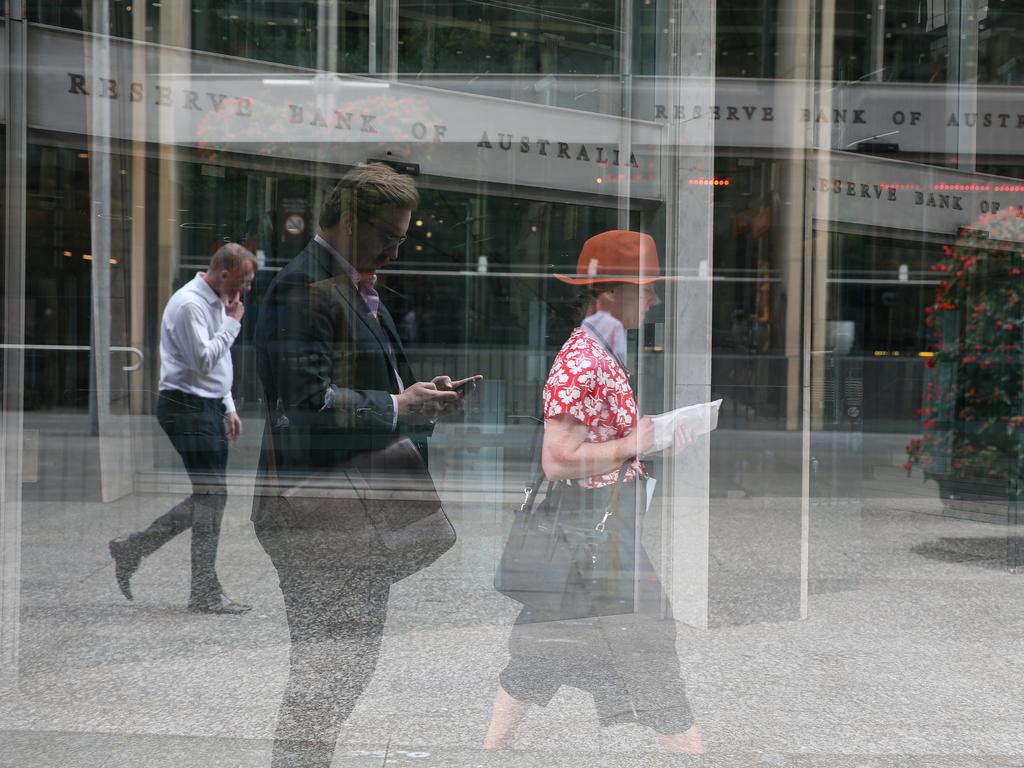
Not even this week’s news that retail sales dropped 3.9 per cent on month during the key period of December seems like it will be enough to dissuade the Reserve Bank of Australia from raising interest rates again at its first policy meeting of the year next Tuesday.
There is too much statistical noise in the retail sales figures amid consumers’ shifting spending patterns, and the RBA will probably focus more on its business liaison data showing that retailers are still enjoying fat profits.
There is also unlikely to be much, if any, softening of the RBA’s guidance next week. A 50-basis-point increase will likely be discussed, though a 25-basis-point rise is a far more likely outcome.
The fourth-quarter CPI data showed that core inflation pressures were higher than expected, but it was the breadth of price pressures and the obvious stubbornness of demand — especially for durable goods — that will have dealt the biggest shock to the central bank.
The simple explanation for what was revealed by the CPI release is that demand is still running too hot.
Despite the central bank having taken the cash rate to 3.10 per cent in December from 0.10 per cent in May, policy settings are only now being considered neutral to somewhat restrictive, so there is a fair bit of work left before the RBA board can sit back.
Interest rates in Australia still remain well below that of its Western counterparts like the US, Europe, Canada and New Zealand, further indicating that it has some catching up to do.
And while there’s emerging evidence that inflation is cooling in other major economies, that’s not the case locally.
That will be puzzling the RBA and bringing it swiftly to the conclusion that aggregate demand remains above the levels that policymakers want it to be.
A year ago, there were hopes that Australia would prove to be different than other countries in terms of its ability to stem rising inflation, but as time passes, the conviction around that view is fading.
Wage growth is still mostly contained, but the severity of the cost-of-living crisis confronting consumers who are feeling the sting of falling real income will be making the RBA nervous.
The headline inflation rate rose 7.8% in 2022 from the previous year, with wages growing by around 3.0%.
The hawkish tone of the RBA’s guidance at the coming policy meeting will jar some economists, who are more upbeat about what they expect to be a significant retrenchment in inflation pressure this year.
While the RBA still expects inflation in Australia to fall in 2023, the overall response to the recent consumer-price index data can safely be classified as a shock.





There was enough nastiness in Australia’s recent fourth-quarter inflation report to lock in the prospect of several interest-rate increases over the coming months, with the data confirming that the country continues to lag well behind other major economies in the race to tame prices.